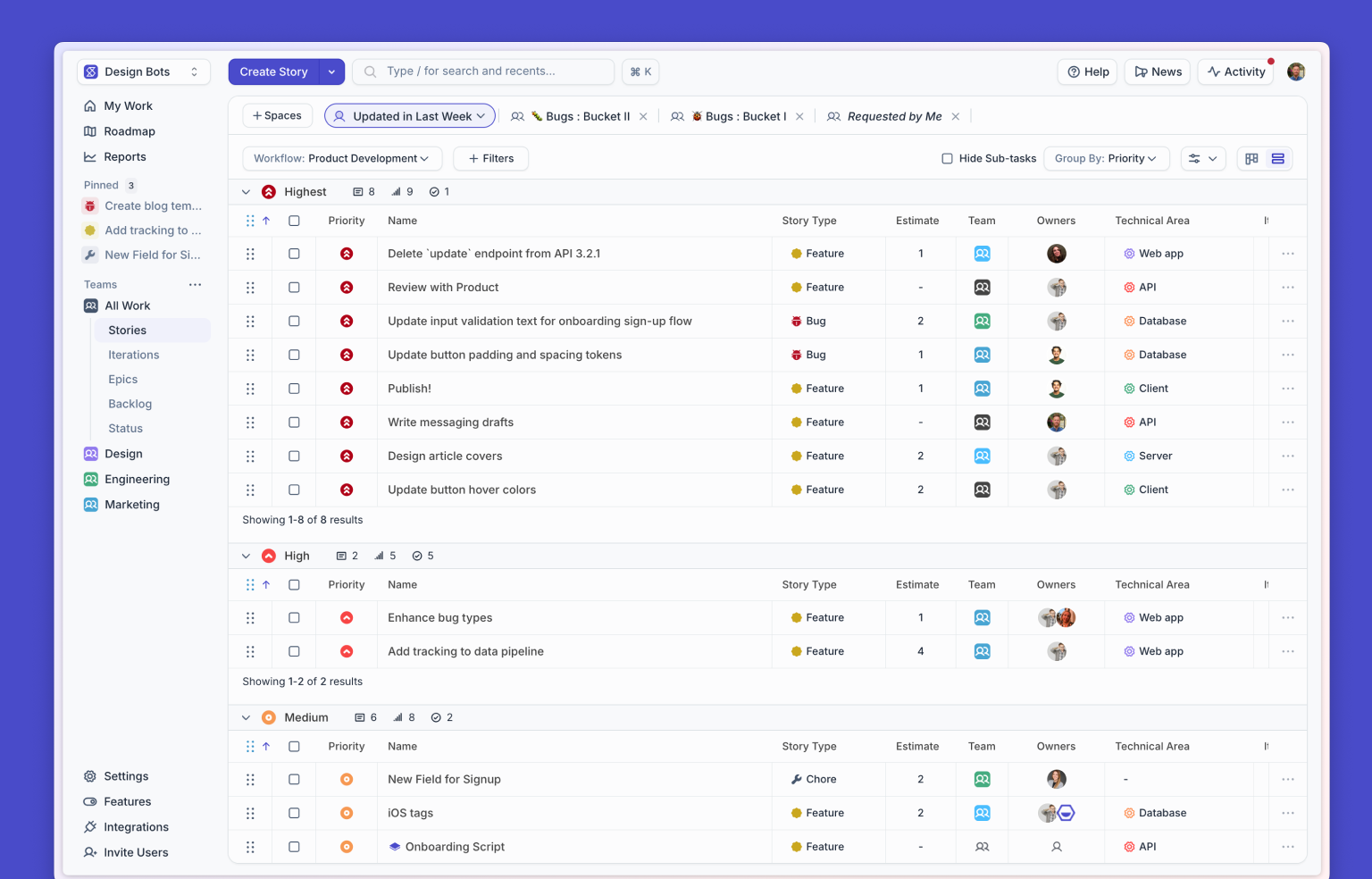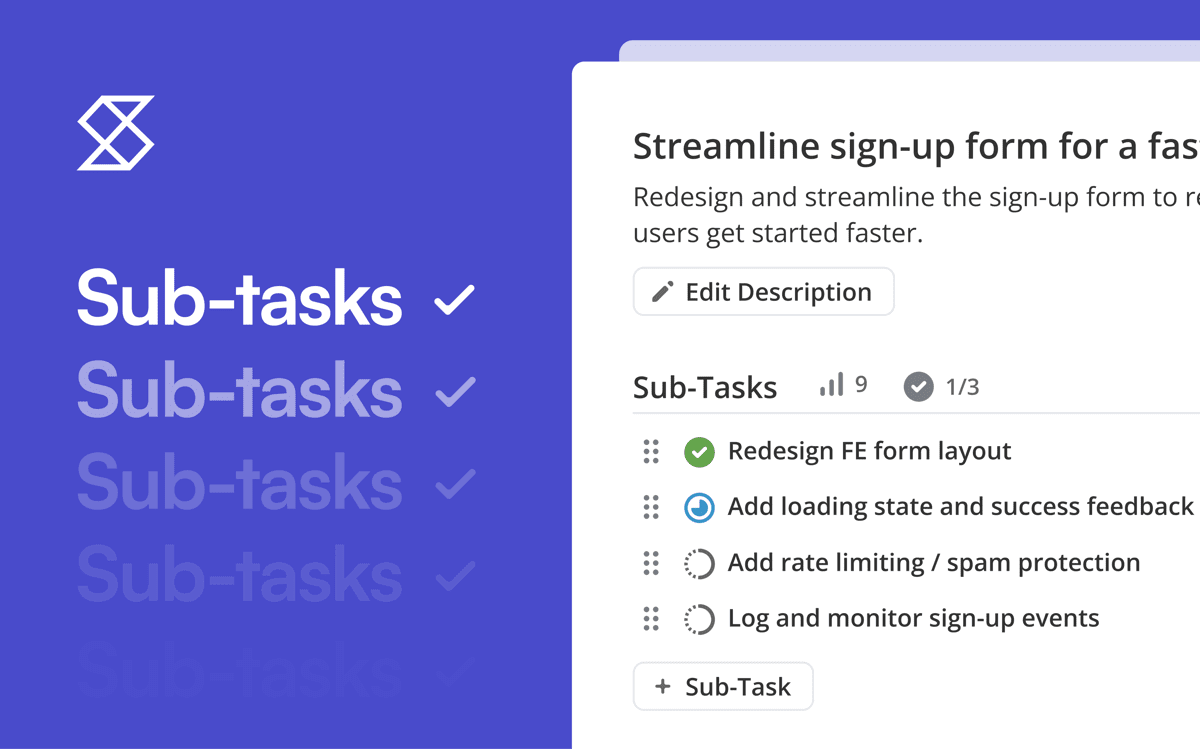As long as you have a product to sell, you have the job of determining how your users are interacting with that product - so you can then improve upon that product and give your users better and better experiences. Rinse and repeat. And on and on we go until the end of time. Or at least for as long as you have a product to sell.
This post explores the process of product analytics, why it’s important, who uses it, important metrics to track, and the tools that help you do so until the end of time, or at least for as long as you have a product to sell.
If you’re reading this, you probably have a product to sell. So let’s begin.
What Is Product Analytics?
Product analytics is the process of capturing and analyzing quantitative data and qualitative data through embedded tools that record how users interact with a product. A much less complicated way of saying this is: product analytics is the process of measuring, analyzing, and understanding user behavior in order to optimize customer experience and enhance product performance.
This usually includes data on the most frequently accessed features of a product, pain points, user actions, use cases, user flows, the average time users spend taking a specific action, and a map of each user’s journey through the product.
The best part is that everybody involved in the process benefits:
- The product manager
- Developers and UX designers
- Product marketers
- Customers
Read More: Project Management Software for Product Managers
Why Is Product Analytics Important?
The process of obtaining product analytics data is important for two main reasons:
- It gives direction to product development and product design
- It builds better customer relationships and customer success
Most traditional methods of gathering customer feedback— such as surveys and customer interviews—require self-reporting from users and are based on their memories and perceptions, which come with the quantitative hazards of biases, personal tastes, and the like, which don’t really help you figure out how to specifically improve user interactions. In fact, with these methods a product manager could come up with a straight-up wrong conclusion, and set you on a path backwards instead of forwards.
Customers often don’t know or can’t articulate exactly why they interacted with a product in a specific way, or what they find most valuable about a product. As a result, this feedback is not always accurate or at least doesn’t tell the complete story.
Product analytics, by contrast, represents definitive and objective data because the organization is tracking actual customer behavior within the product. It can uncover important insights that help organizations improve functionality and design new product features.
This means that product analytics benefits not only product managers and their companies but customers as well, enhancing customer lifetime value.
Types of Product Analytics Metrics To Track
Even though certain people enjoy doing this, or pretend to, there is no reason to gather and analyze every scrap of data you can get your hands on. Doing that only places a heap of pressure on the team who has to make sense of it all.
Instead, pick the metrics that matter to you. Save yourself time and effort by narrowing down what you look at based on what your goals are. If you’re not sure where to start, here are some of the top metrics a product analyst looks at as it pertains to:
- Business goals
- Engagement
- Product usage
- Customer satisfaction
- Customer journey
- Customer retention
Read More: How We Improved Conversion Rate by Changing One Word
Top Product Analytics Software To Use
Especially for remote-first companies and startups, the virtual tools product managers use are extremely important when it comes to communication, collaboration, customer insights, testing, reporting, and all other aspects of managing products.
Common features of product analytics tools include:
- User tracking
- Measuring
- Segmentation
- Cohort analytics
- Notifications
- Funnel analytics
- A/B testing
- Display dashboards
Below are some of the product analytics software we use here at Shortcut:
Amplitude
Amplitude is the maximum displacement or distance moved by a point on a vibrating body or wave measured from its equilibrium. Wait, no, sorry. Wrong amplitude. We use Amplitude, an product analytics platform, for measuring and monitoring product analytics and for A/B testing. Amplitude’s metrics help us understand our users, make better product decisions, drive conversions, and increase engagement, growth, and revenue. They say increasing engagement, growth, and revenue is much better than not increasing engagement, growth, and revenue.
Our wonderful product team happens to host weekly Amplitude “office hours” for anyone in the company who has questions about how our customers are using Shortcut, for anyone who wants a second set of eyes on a chart they’ve built, or if they want to just learn more about what Amplitude can do. Or if they just want to hang out with a Product Manager for an hour and talk about pancakes.
Calendly
We use Calendly for easy scheduling when customers want to talk to us. We like it when people want to talk to us. Calendly allows us to schedule meetings easily and efficiently, eliminating the hassle of back-and-forth emails and other annoyances so we can actually work: which means we can keep making Shortcut better.
Chameleon
Chameleon is our distinctive and highly specialized old world lizard here at Shortcut, known for its distinct range of colors as it shifts in different hues and brightness. No. Wait. Sorry. Different chameleon. We use Chameleon to manage and validate our in-product engagement: user onboarding, user experience, feature discovery, customer support, friction points, and feedback.
Discord
We use Discord to engage with our community of users. We like to think we're not the only people out there who like talking about building good software and product management tools. As one of the only places where no one will fall asleep if you say the word DevOps, we’d love for you to join our ongoing conversations. What’s in your PM toolkit? What’s your favorite new product? What are your thoughts on flowcharts and methodology? What’s your favorite kind of pancake?
FigJam / Miro
With FigJam/Miro, we can cater to different learning and working styles by sharing our ideas with visuals while communicating them. We like to share screens and use collaborative Docs or visual tools to share a summary and quick visual for brainstorm meetings; it helps to keep the relevant docs & visuals in sight of the viewers.
“I love using these as a visual during Zoom meetings, and for working/collaborating during remote workshops with the team. It’s a good way to visualize your thoughts/ideas/problems/solutions w/o going to high fidelity.” - Shortcut PM
Google Sheets
We use Google Sheets for cranking out spreadsheets when the need arises for product planning. The beauty of the Shortcut + Google Sheets integration is getting real-time updates of Shortcut data in a connected Google Sheet. Any updates that happen in a Shortcut Workspace are dynamically updated to the connected Google Sheet. The data sent from Shortcut to Google is the same data that's captured from your Workspace when you export to CSV.
Google Sheets’ sister, Google Slides, is also great for decks.
Gong
A gong is a large, flat, circular piece of metal that we hit with a hammer to make a sound like a loud bell, often as a signal that it’s time to do something, like work. Wait, no. Sorry. Wrong gong. We love Gong for recording and sharing customer interviews and clips.
Looker
Looker captures our data: our MQLs, PQLs, our ARR, and bunch of other acronyms having to do with our web traffic and signup rates. Our product managers work closely with our marketing team in Looker to optimize wherever we can. We’re all lookers of Looker.
Docs
Docs is Shortcut's very appropriately named documentation tool, a new way for you to create Docs for your team (or yourself!) that works seamlessly with the rest of Shortcut. For example, you can highlight any text in a Write Doc and create a Story from that text that will forever be in sync across Shortcut. That way, if an engineer updates that Story while they're working in the code, it automatically updates in Docs! We think this is a game-changer for product development.
Read More: 10 Ways to Use Docs
Looking for the Best Project Management for Your Software Team? Give Shortcut a Whirl, Why Don’t You?
At Shortcut, we use Shortcut for task management and to track workflows. We use it to collaborate on work with our software engineers, design squad, marketing squad - every team member and stakeholder. It’s where we keep our product Roadmap and track our Epics, Stories, Milestones, and sprints.
Read More: The Shortcut Way
With kanban boards, reporting, and much more, it’s the only powerful project management tool without all the management for product management teams and development teams - more powerful than Asana, much easier usability than Jira ( 👎), and with many more features than Trello.
As long as you have a product to sell, make everyone’s life a little easier with Shortcut. Get started with your free trial.

















%20(788%20x%20492%20px)%20(1).png)
.png)

